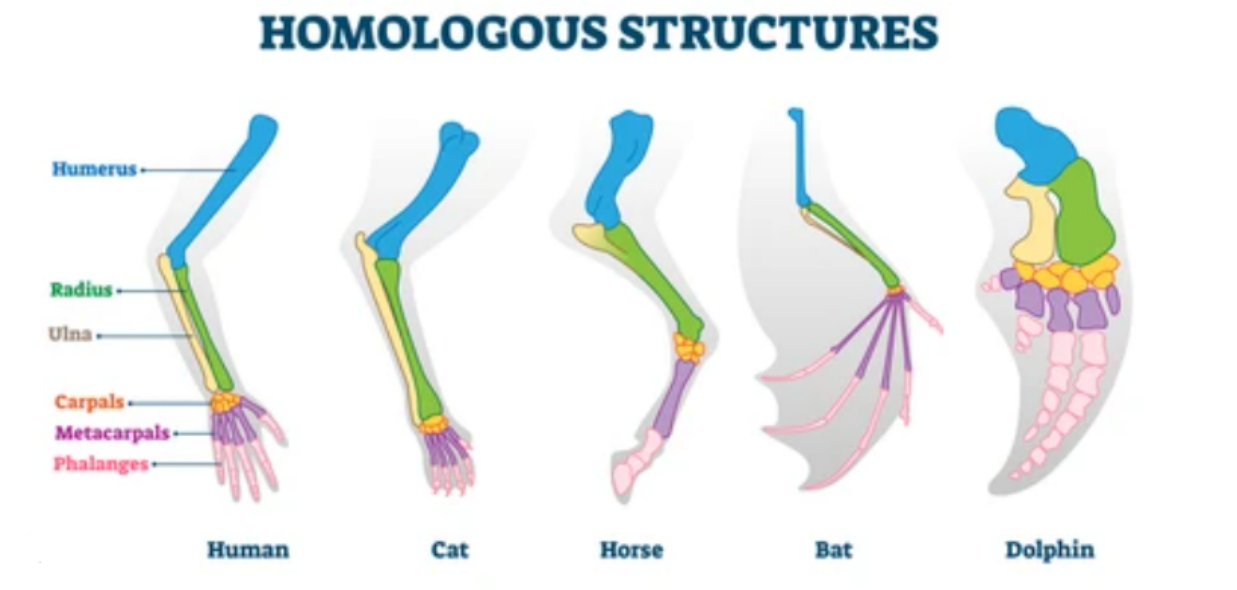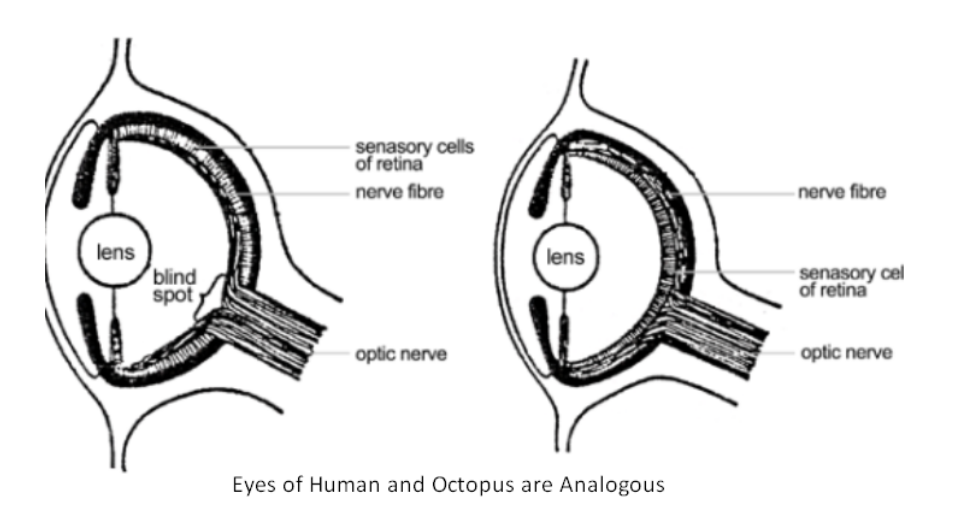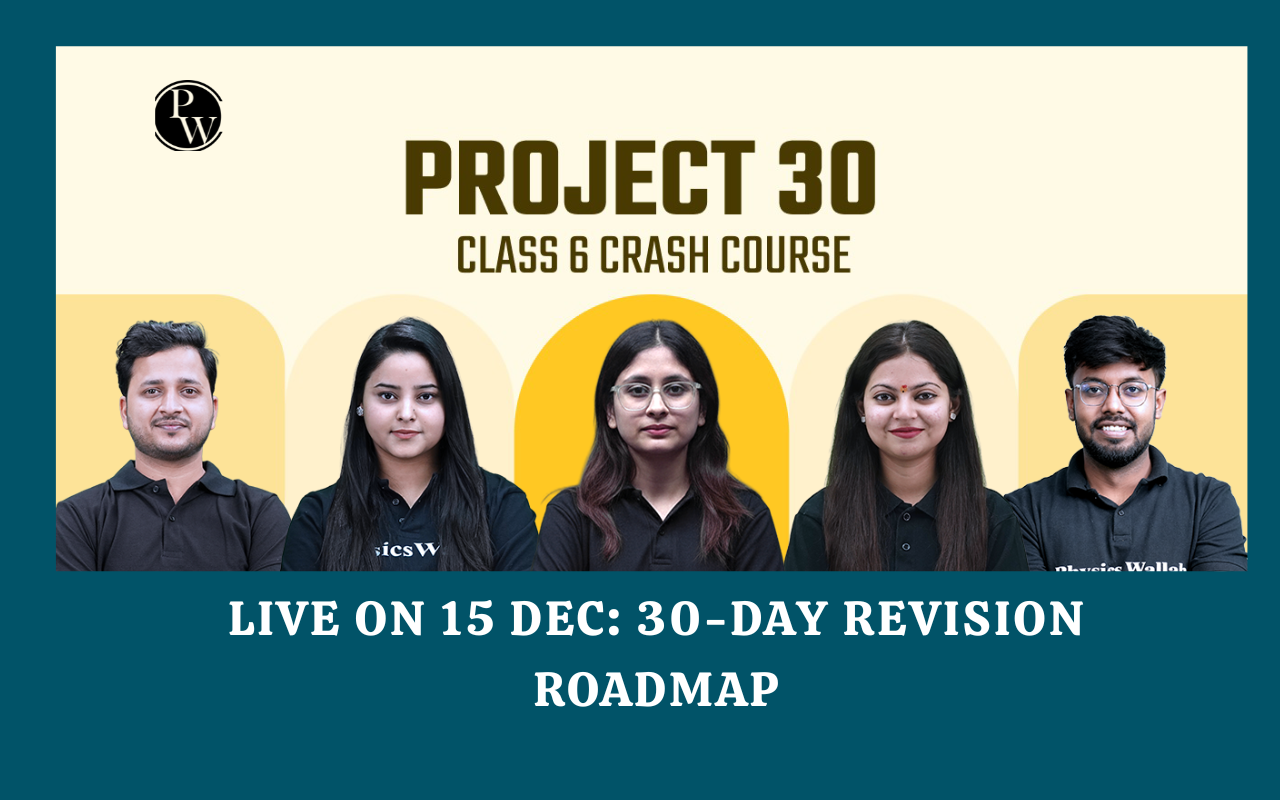
You've found this helpful article if you were looking for information about the Difference Between Homologous And Analogous Structures .
This article will go through the basic concepts of homologous and analogous structures. Our primary focus would be on the distinctions between homologous and similar structures. We will also discuss some fine examples of both structures in animal and plant kingdoms. This page gives the reader a quick summary of the homologous and analogous structures and any other pertinent information. If you can only read the article, read the opening and the essential topics.Introduction
There are two kinds of structures in species as an adaptation to the environment. These types of structures are known as homologous and analogous structures. Homologous structures are the product of different evolution leading to similar outcomes. The species that have developed from a common ancestor have structures that are homologous to one another. Convergent evolution is the process through which similar structures are produced over time. Because of the comparable selection pressures exerted by the environment, these structures can arise in species that are not genetically related to one another. The origin of each species is the primary distinction between homologous and similar features.Related Links -
Homologous Structures
Homologous structures exist in several species and share a comparable fundamental structure in addition to a common evolutionary ancestor but can serve various purposes. The idea that multiple species descended from a common ancestor is supported by these features, which give evidence of this shared ancestry. Homologous structures are parts of the body of one species that are anatomically comparable to the corresponding component of the body of another species. Homologous features lend credence to the theory that several species descended over time from a single ancestor. Homologous structures can serve diverse functions. Species related to one another have internal structures that are more homologous and comparable to one another.
Examples of Homologous Structures
Homologous structures include the limb structures of mammals. Arms of human beings, cat and wings of a bat are examples of homologous organs. A significant bone in the upper arm, two bones in the lower arm, and a collection of smaller bones in the wrist area make up the anatomy of the limb. The upper arm bone is the largest of the three. Although they have similar anatomy, the activities of the limbs, such as walking, flying, and swimming, are distinct from one another. Divergent evolution is responsible for developing homologous structures that adapt to varied environmental situations. Homologous structures are also found in plants. Some of the plant's leaves originated from the same basic design and parent, but others were adapted to hold water, as in the case of cacti, while others were adapted to capture insects, like in the case of the pitcher plant and Venus's fly trap.
Analogous Structures
In biology, a comparable structure exists in more than one species yet has the same or a very similar function while having a distinct evolutionary origin. These structures share a similar look and comparable function; nevertheless, they do not represent a shared ancestry across the different species. Different species have analogous structures due to identical selection pressure of the environment. Because the process of natural selection operates similarly on all species that live in the same habitat, similar adaptations are more likely to be successful. Due to this, analogous structures are produced directly from convergent evolution. In the process of convergent evolution, different body regions may gain new functions, lose old ones, or switch places with one another.Related Links -
Examples of Analogous Structures
The human eye and the octopus eye have a lot of similarities, even though octopuses and humans are not linked to one another. Flying capabilities have been bred into the wings of bats, birds, and insects. Both sharks and dolphins have bodies that are shaped and colored remarkably similar to one another. Another example is the wings of birds and the wings of insects. The hollow bones that makeup birds' wings are thought to have descended from chordate mammals.
Difference Between Homologous and Analogous Structures
Both homologous and analogous structures are distinct types of structures that have similarities in their outward appearance and functions but are distinguished from one another by their unique evolutionary histories and the roles they play in evolution.
| Points of Difference | Homologous Structures | Analogous Structures |
| Definition | Homologous structures are those that evolve in creatures that have a common ancestor in their evolutionary history. | Structures that evolved independently in different animals are referred to as analogous structures. and which frequently serve a purpose that is analogous |
| Anatomy | Homologous structures have similar anatomy. | Analogous Structures have dissimilar anatomy. |
| Functions | Functionally, homologous structures are quite different from one another. | Functionally, analogous structures are quite similar to one another. |
| Ancestry | Homologous structures are those that have evolved from the same progenitor. | Analogous structures did not originate from the same ancestor but evolved independently. |
| Pattern of Development | Homologous structures evolve in a manner that is quite similar to one another. | The developmental patterns of the two structures that are homologous to one another are very different from one another. |
| Evolutionary Pattern | Divergent evolution is responsible for the development of homologous structures. | Convergent evolution is the process by which similar structures are produced. |
| Importance | The adaptation of organisms to their surroundings results in the development of homologous structures. | The need to adapt to a comparable environment often results in the development of analogous structures. |
| Examples in Animal Kingdom | The forelimbs of mammals, such as humans, whales, and bats, have a fundamental form that is comparable to one another yet serve a variety of distinct purposes. | The fins of dolphins and the wings of airplanes both have comparable roles, yet their evolutionary roots couldn't be more different. |
| Examples in Plant Kingdom | Leaves that have been modified in some way, such as those of the pitcher plant, Venus's fly trap, and cactus | The structure of the leaves of cacti and euphorbias are quite similar to one another and is a fine example of analogous structures. |
Difference Between Homologous And Analogous Structures <span style=
What are homologous structures?
Homologous structures are those that exist in several species and share a comparable fundamental structure in addition to a common evolutionary ancestry, but can serve a variety of purposes. They support the idea of evolution and give evidence of a common ancestor as well as evolutionary links between different species.
Why are homologous and analogous structures important?
Homologous and comparable structures are significant because they give evidence of evolution and help us understand the links between species as well as the mechanisms that drive evolution. Homologous and analogous structures are important because they provide evidence of evolution. In addition to this, they contribute to the fields of comparative anatomy and evolutionary biology.
Can any structure be both homologous and analogous?
No, a structure cannot share homologous and similar characteristics at the same time. Structures that are homologous to one another represent the evolutionary relationships that exist between different species, whereas structures that are comparable to one another reflect convergent evolution. It is not possible for a building to have either of these properties at the same time.
How do homologous and analogous structures differ?
Structures that are homologous to those of other species offer evidence of the evolutionary links between those species, whereas structures that are comparable to those of other species offer evidence of convergent evolution. Homologous structures have an evolutionary origin that is comparable to their fundamental structure, whereas analogous structures have distinct evolutionary origins but perform similar tasks. Homologous structures also have a similar fundamental structure.
What are the examples of homologous structures in the plant kingdom?
The Venus flytrap and the Pitcher plant are two examples of plants that have altered their leaves to the point where they can collect insects and digest them for food.
How does the study of homologous and analogous structures contribute to our understanding of evolution?
The study of homologous and analogous structures helps us understand the evolutionary history of species, the mechanisms that drive evolution, and the manner in which species adapt to their environments over the course of time.
🔥 Trending Blogs
Talk to a counsellorHave doubts? Our support team will be happy to assist you!

Check out these Related Articles
Free Learning Resources
PW Books
Notes (Class 10-12)
PW Study Materials
Notes (Class 6-9)
Ncert Solutions
Govt Exams
Class 6th to 12th Online Courses
Govt Job Exams Courses
UPSC Coaching
Defence Exam Coaching
Gate Exam Coaching
Other Exams
Know about Physics Wallah
Physics Wallah is an Indian edtech platform that provides accessible & comprehensive learning experiences to students from Class 6th to postgraduate level. We also provide extensive NCERT solutions, sample paper, NEET, JEE Mains, BITSAT previous year papers & more such resources to students. Physics Wallah also caters to over 3.5 million registered students and over 78 lakh+ Youtube subscribers with 4.8 rating on its app.
We Stand Out because
We provide students with intensive courses with India’s qualified & experienced faculties & mentors. PW strives to make the learning experience comprehensive and accessible for students of all sections of society. We believe in empowering every single student who couldn't dream of a good career in engineering and medical field earlier.
Our Key Focus Areas
Physics Wallah's main focus is to make the learning experience as economical as possible for all students. With our affordable courses like Lakshya, Udaan and Arjuna and many others, we have been able to provide a platform for lakhs of aspirants. From providing Chemistry, Maths, Physics formula to giving e-books of eminent authors like RD Sharma, RS Aggarwal and Lakhmir Singh, PW focuses on every single student's need for preparation.
What Makes Us Different
Physics Wallah strives to develop a comprehensive pedagogical structure for students, where they get a state-of-the-art learning experience with study material and resources. Apart from catering students preparing for JEE Mains and NEET, PW also provides study material for each state board like Uttar Pradesh, Bihar, and others
Copyright © 2025 Physicswallah Limited All rights reserved.
Get App








